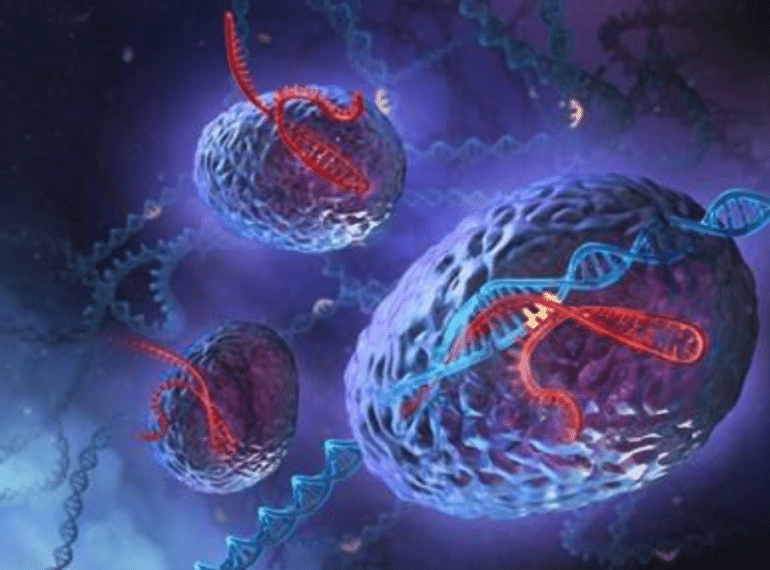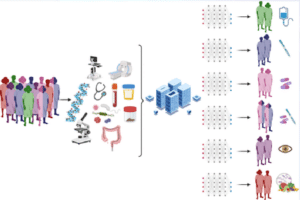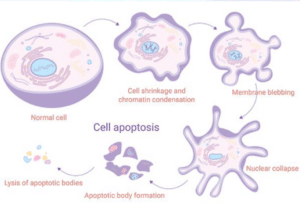Bioquest magazine goes it alone

The School’s new pupil-run Biology journal has now been published as a stand-alone publication for the first time.
 Featuring articles by six of QE’s senior biologists, Bioquest looks in detail at medical topics, from the effects of ingesting microplastics to HIV immunity, while also examining ethical issues.
Featuring articles by six of QE’s senior biologists, Bioquest looks in detail at medical topics, from the effects of ingesting microplastics to HIV immunity, while also examining ethical issues.
The first edition of the magazine was published last academic year within the pages of the Econobethan, the School’s established pupil-run Economics and Politics publication, but the 17-page second issue now stands on its own, published within the Biology section of the eQE portal.
Biology teacher Hinesh Shah said: “My congratulations go to all the contributors: Bioquest is a colourful, interesting read on some fascinating topics. This is an excellent example of free-thinking scholarship, with these six students digging deep into their own areas of academic interest.”
The magazine includes the following articles:
- How are microplastics impacting our digestive pathways? by Shivam Vyas
- Potential autoantibody biomarker to MS, by Hadi Al-Esia
- Cancer-causing viruses, by Seyed Jalili
- HIV immunity and how it has arisen, by Aaron Rodrigo
- How effective and ethically acceptable will immunotherapy be in the future for treating various diseases, by Advik Balaji
- CRISPR and conscience: Shaping immunity, shaping ethics, by Dharm Gajjar.
 Dharm is in Year 12. All the other authors are in Year 13.
Dharm is in Year 12. All the other authors are in Year 13.
In their writing, the pupils seek to set out the results of research on their respective topics and to update readers on the latest thinking. In his piece, for example, Seyed begins by saying that although viruses were once seen as the sole cause of human cancers, this has now been “widely disproven”. He charts the development of this understanding, while also including a case study of one virus that is, in fact, carcinogenic, namely hepatitis B.
In the magazine’s final two articles, Advik and Dharm both look at ethical issues arising from gene-editing and immunotherapy, with Advik specifying the changes he believes are necessary in the NHS “to ensure procedures occur ethically”. Dharm reports on the recently developed technique of CRISPR (Clustered Regularly Interspaced Short Palindromic Repeats) and its use to treat people with underlying conditions deriving from genetic mutations, such as cystic fibrosis or polydactyly. While acknowledging its importance, Dharm also highlights the risks: “Ensuring safety throughout the procedure is a must, as a small mistake may have a devastating impact on the individual.”
 The boys’ articles all include a bibliography, while several also feature a glossary and ‘synoptic links’ (showing how the material covered relates to the GCSE and A-level syllabuses).
The boys’ articles all include a bibliography, while several also feature a glossary and ‘synoptic links’ (showing how the material covered relates to the GCSE and A-level syllabuses).
For the next edition, pupils are being invited to submit cover designs in a new competition. The editorial team, comprising this edition’s authors, write: “We invite our readers to share their creativity and scientific knowledge by designing posters that encapsulate the essence of biological science.”
- Bioquest, edition II, may be read here by anyone with access to eQE.
